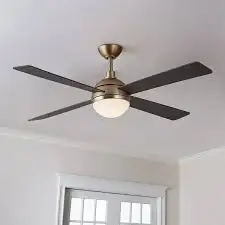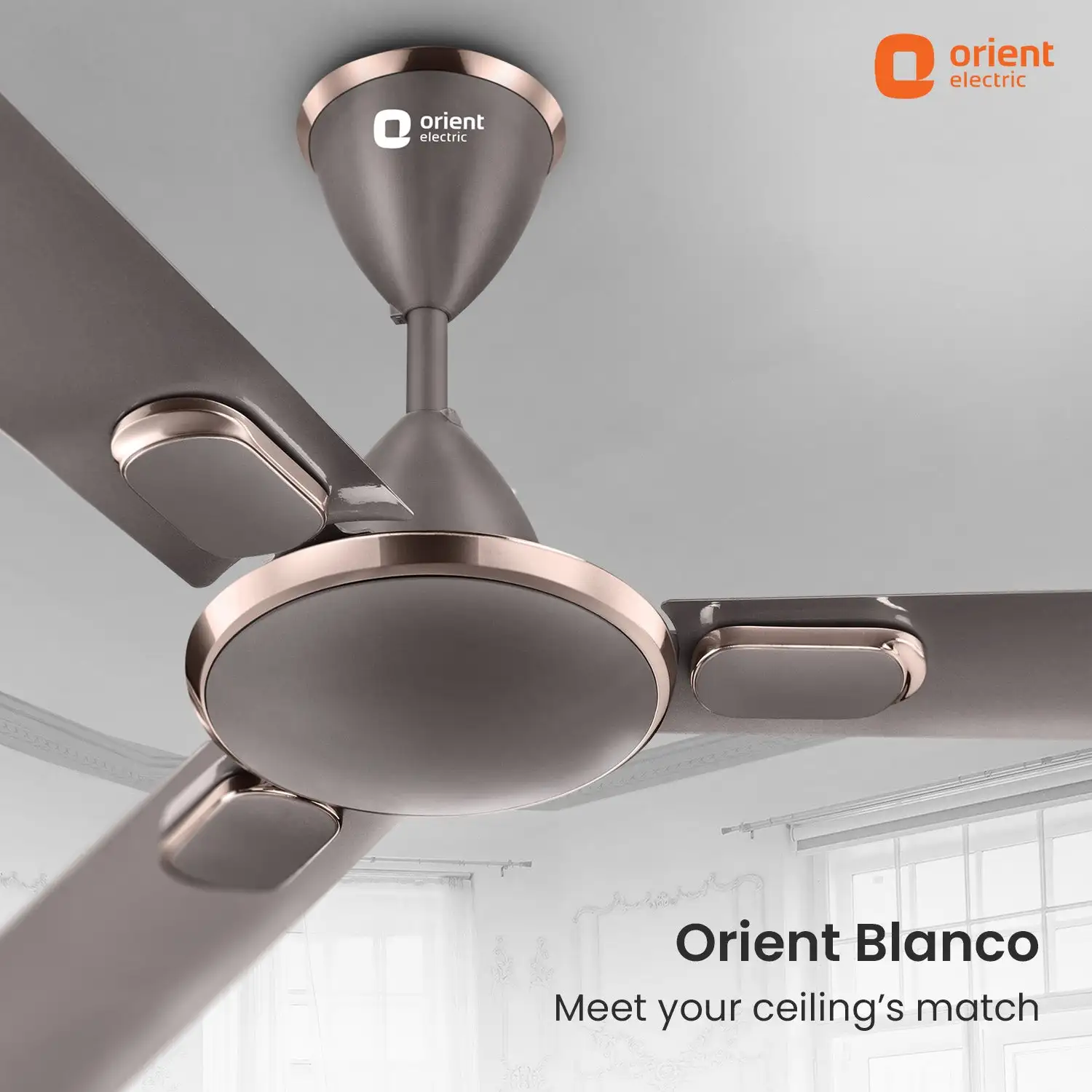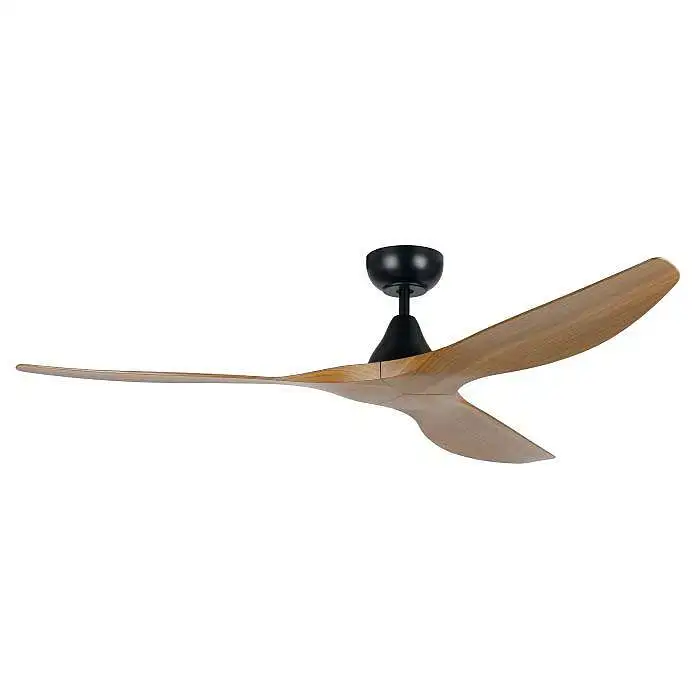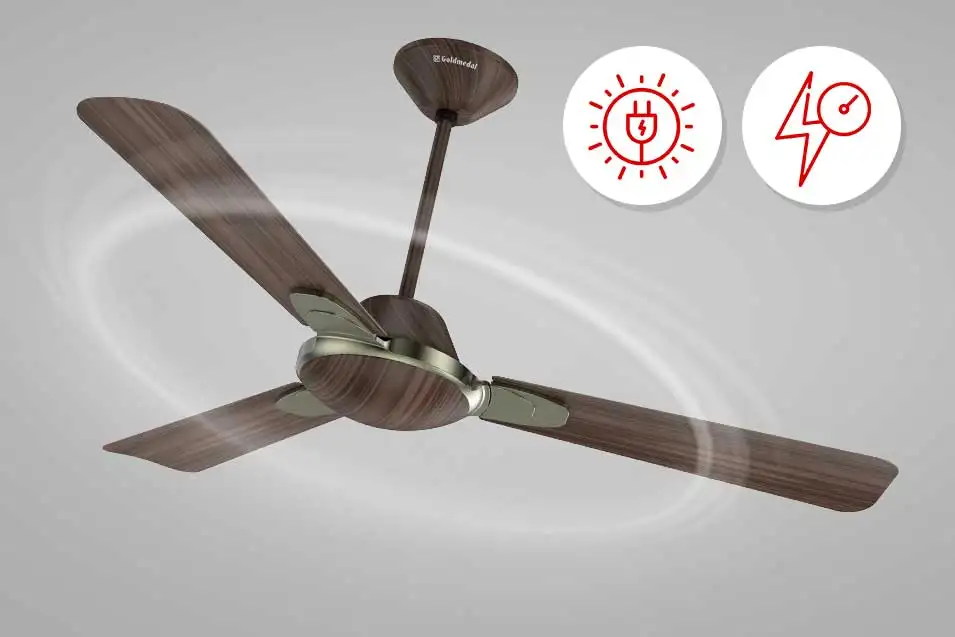Cool Your Space with Stylish and Durable Plastic Blade Ceiling Fans
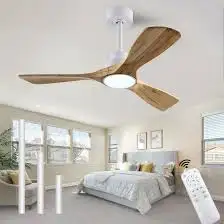
Plastic blade ceiling fans have become increasingly popular in modern homes. One of the key benefits of these fans is their durability. Unlike traditional wooden blades, plastic blades are less susceptible to warping and damage caused by moisture and humidity. This makes them ideal for use in various environments, from damp basements to outdoor patios. Additionally, plastic blades are lightweight, which allows for easier installation and less strain on the ceiling mounts. The versatility of styles available in plastic blade ceiling fans also stands out. Homeowners can find various designs, colors, and finishes to match their interior decor, creating a cohesive look throughout the space. When considering air circulation in your home, energy efficiency is a significant factor. Plastic blade ceiling fans are often designed with energy-efficient motors, which can lead to substantial cost savings on electricity bills. By using a ceiling fan to circulate air, you can potentially raise the thermostat setting in summer months and lower it in winter. This reduction in reliance on heating and cooling systems can save money while also benefiting the environment. Moreover, choosing models that are Energy Star rated further ensures that the fan consumes less energy while providing the same airflow. Another compelling reason to opt for plastic blade ceiling fans is the ease of maintenance. These fans typically require less upkeep compared to those with wooden blades. A simple dusting routine and occasional wiping down with a damp cloth can keep plastic blades looking pristine. In addition, the non-porous surface of plastic means it’s less likely to harbor dust and allergens, making it a more hygienic option for any space. Regular cleaning not only enhances the appearance of the ceiling fan but also optimizes its performance, ensuring it runs efficiently for years. When selecting a plastic blade ceiling fan, it’s essential to consider the overall aesthetics of your room. Fans are available in a myriad of styles, from sleek modern designs to charming traditional looks. Consider the following options: Ultimately, the right ceiling fan should complement your existing decor while also being functional and practical. Plastic blade ceiling fans excel in their ability to withstand various weather conditions, making them excellent for outdoor use. They are not prone to rust or corrosion, meaning they can be installed in covered patios, decks, or poolside areas without fear of deterioration. This versatility extends to indoor use as well, as their design adapts to both residential and commercial environments. Whether in a cozy home setting or a bustling retail space, plastic blade ceiling fans can deliver optimal airflow and style. Noise levels can be a significant concern when installing ceiling fans. Fortunately, many plastic blade ceiling fans are designed with quiet operation in mind. Their lightweight blades contribute to reduced noise during operation, allowing you to enjoy the gentle breeze without disruptive sounds. This feature is particularly beneficial for bedrooms and study areas where a peaceful environment is essential. Installing a plastic blade ceiling fan can be a hassle-free process. Many models come with easy-to-follow instructions and mounting kits, making it possible for DIY enthusiasts to complete the installation without professional help. Furthermore, ceiling fans can be customized with different light kits or remote control options to elevate their functionality. When shopping for plastic blade ceiling fans, some popular brands stand out for their quality and design. Consider exploring offerings from the following manufacturers: Reviewing customer feedback can also provide insight into performance and satisfaction levels. In conclusion, plastic blade ceiling fans provide a stylish, durable, and efficient option for cooling your space. With numerous designs available, they can seamlessly blend with your home’s decor while offering practical benefits like energy efficiency and easy maintenance. By investing in a quality ceiling fan, you enhance your living areas' comfort and appeal. Remember to consider factors such as style, size, and functionality when making your choice. If you're planning to install a plastic blade ceiling fan, be sure to follow local guidelines and safety precautions. For those not confident in their installation skills, hiring a professional can ensure the job is done correctly and safely. Moreover, proper installation can significantly affect the fan's performance and longevity, so it’s worth taking the time to do it right. Ultimately, selecting a plastic blade ceiling fan is a smart move for anyone looking to enhance their home’s comfort and aesthetic. With their blend of fashion and function, these fans are an investment that pays off in both style and savings. Select the best fan for your space today and enjoy the cool comfort it brings! To clean your plastic blade ceiling fan, use a microfiber cloth or duster to remove dust and debris. If needed, dampen a cloth with mild soap and water to wipe down the blades. Make sure to turn off the fan before cleaning. Yes, many plastic blade ceiling fans are designed for outdoor use due to their weather resistance. Look for models specifically labeled as outdoor fans for the best durability. The size of the ceiling fan depends on the room's dimensions. Generally, a fan with a diameter of 42-48 inches is suitable for rooms up to 150 square feet, while larger rooms may require fans of 52 inches or more.Cool Your Space with Stylish and Durable Plastic Blade Ceiling Fans
The Benefits of Plastic Blade Ceiling Fans
Energy Efficiency and Cost Savings
Easy Maintenance and Cleaning
Choosing the Right Style for Your Space
Practicality of Plastic Blade Ceiling Fans
Weather Resistance and Versatility
Quiet Operation
Installation and Customization Options
Popular Brands and Models to Consider
Conclusion and Recommendations
Making the Smart Choice for Your Home
Installing Your Ceiling Fan
Final Thoughts
FAQ
How do I clean my plastic blade ceiling fan?
Can plastic blade ceiling fans be used outdoors?
What size ceiling fan do I need for my room?

